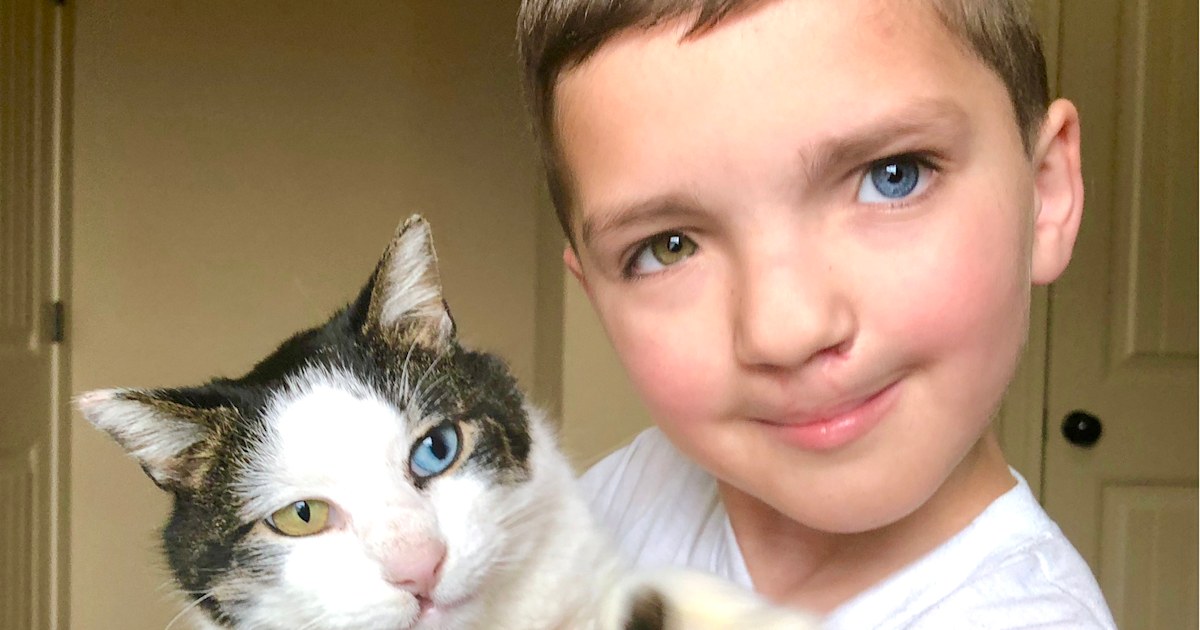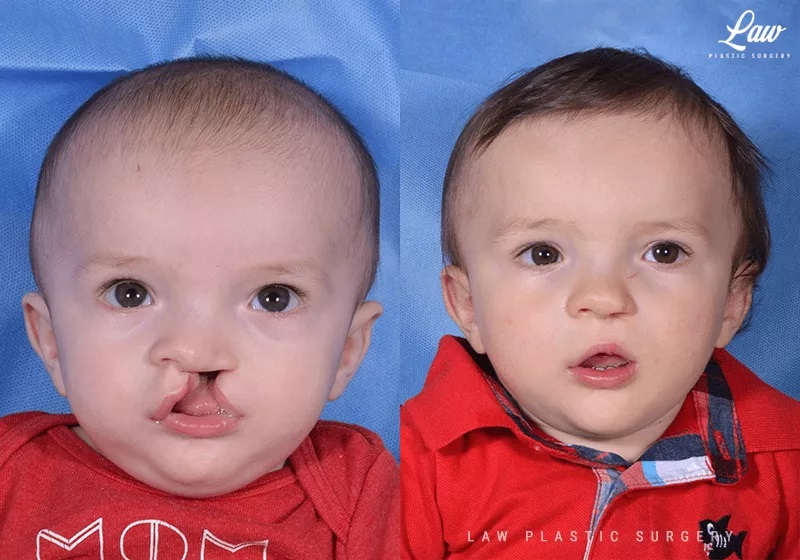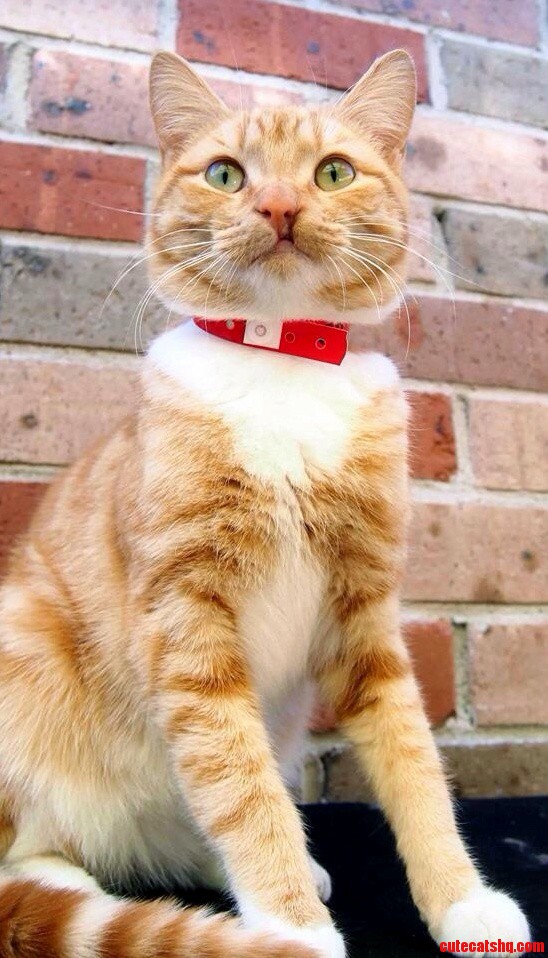Cleft Lip In Cats: Understanding The Causes, Symptoms, And Treatment Options
Cleft lip in cats is a congenital condition that affects the facial structure of felines, leading to a split or opening in the lip. This condition is not only a cosmetic concern but can also impact the health and well-being of affected cats. Understanding cleft lip in cats is crucial for pet owners who want to provide the best care for their furry companions. In this article, we will explore the causes, symptoms, and treatment options for this condition, ensuring you are well-informed about managing it effectively.
Cleft lip in cats is a condition that occurs during the early stages of fetal development. It happens when the tissues forming the lip do not fuse properly, resulting in a gap or cleft. This condition can vary in severity, ranging from a small notch in the upper lip to a complete separation extending into the nose. Early detection and proper management are essential to ensure the affected cat leads a healthy and comfortable life.
Whether you are a new cat owner or simply interested in learning more about cleft lip in cats, this article will provide you with comprehensive information. From understanding the causes and symptoms to exploring treatment options and preventive measures, we aim to equip you with the knowledge needed to make informed decisions for your feline's health. Let's dive in!
Read also:Kristen Stewart And Stella Maxwell A Deep Dive Into Their Relationship And Influence
Table of Contents
- What is Cleft Lip in Cats?
- Causes of Cleft Lip in Cats
- Symptoms of Cleft Lip in Cats
- Diagnosis of Cleft Lip in Cats
- Treatment Options for Cleft Lip in Cats
- Caring for Cats with Cleft Lip
- Preventing Cleft Lip in Cats
- Long-Term Management of Cleft Lip in Cats
- Cost of Treating Cleft Lip in Cats
- Frequently Asked Questions About Cleft Lip in Cats
What is Cleft Lip in Cats?
Cleft lip in cats refers to a congenital defect where the tissues forming the upper lip fail to fuse properly during fetal development. This results in a gap or opening in the lip, which can vary in size and severity. While cleft lip is more commonly associated with humans, it can also occur in cats, affecting their appearance and functionality.
In some cases, cleft lip in cats may also involve the palate, leading to a condition known as cleft palate. This combination can complicate feeding and increase the risk of infections. Understanding the specifics of cleft lip in cats is essential for providing appropriate care and treatment.
Causes of Cleft Lip in Cats
The exact cause of cleft lip in cats is not always clear, but several factors can contribute to its development:
- Genetic Factors: Some breeds may be more predisposed to cleft lip due to inherited genetic traits.
- Environmental Factors: Exposure to certain toxins or medications during pregnancy can increase the risk of cleft lip.
- Nutritional Deficiencies: Lack of essential nutrients, such as folic acid, in the pregnant mother's diet may contribute to the condition.
Research has shown that a combination of genetic and environmental factors often plays a role in the development of cleft lip in cats. For instance, a study published in the Veterinary Journal highlights the importance of proper nutrition during pregnancy to prevent congenital defects.
Symptoms of Cleft Lip in Cats
Physical Symptoms
Cats with cleft lip may exhibit the following physical symptoms:
- Visible gap or split in the upper lip
- Difficulty in closing the mouth properly
- Abnormal appearance of the nose
Functional Symptoms
Functional issues associated with cleft lip in cats include:
Read also:28 Feb Zodiac Discover The Traits Compatibility And Celestial Influence
- Difficulty in eating or drinking
- Increased risk of respiratory infections
- Saliva dripping from the mouth
Identifying these symptoms early can help in timely intervention and treatment, improving the quality of life for affected cats.
Diagnosis of Cleft Lip in Cats
Diagnosing cleft lip in cats typically involves a physical examination by a veterinarian. In some cases, additional diagnostic tools may be used:
- X-rays: To assess the extent of the cleft and any associated abnormalities.
- Ultrasound: Useful for evaluating the condition in pregnant cats.
- Genetic Testing: To determine if the condition is hereditary.
Early diagnosis is crucial for planning the appropriate treatment and management strategy for cats with cleft lip.
Treatment Options for Cleft Lip in Cats
Surgical Intervention
Surgery is often the primary treatment option for cleft lip in cats. The procedure aims to:
- Close the gap in the lip
- Improve the cat's ability to eat and drink
- Enhance the overall appearance
The success of the surgery depends on the severity of the cleft and the skill of the veterinary surgeon. According to the American Veterinary Medical Association, surgical outcomes are generally positive when performed by experienced professionals.
Caring for Cats with Cleft Lip
Caring for a cat with cleft lip involves several considerations:
- Feeding: Use specialized feeding techniques or equipment to ensure the cat receives adequate nutrition.
- Grooming: Regular cleaning of the mouth area to prevent infections.
- Veterinary Follow-Up: Regular check-ups to monitor the cat's progress and address any complications.
Providing a supportive and nurturing environment is essential for the well-being of cats with cleft lip.
Preventing Cleft Lip in Cats
While not all cases of cleft lip in cats can be prevented, certain measures can reduce the risk:
- Ensure proper nutrition for pregnant cats, including adequate folic acid intake.
- Avoid exposure to harmful substances during pregnancy.
- Breed responsibly, considering the genetic history of the cats involved.
Consulting with a veterinarian can provide guidance on preventive strategies tailored to your cat's needs.
Long-Term Management of Cleft Lip in Cats
Long-term management of cleft lip in cats involves:
- Monitoring for any complications or recurring issues.
- Providing ongoing support for feeding and grooming needs.
- Ensuring regular veterinary care to maintain overall health.
With proper management, cats with cleft lip can lead fulfilling and healthy lives.
Cost of Treating Cleft Lip in Cats
The cost of treating cleft lip in cats can vary depending on several factors:
- Severity of the condition
- Location and experience of the veterinary clinic
- Additional treatments or follow-up care required
On average, surgical treatment for cleft lip in cats can range from $500 to $2,000. It is important to discuss costs and payment options with your veterinarian to ensure you are prepared for the financial commitment.
Frequently Asked Questions About Cleft Lip in Cats
Can cleft lip in cats be cured?
Yes, cleft lip in cats can often be corrected through surgical intervention. The success of the treatment depends on the severity of the condition and the expertise of the veterinary team.
Is cleft lip in cats painful?
Cleft lip itself is not typically painful, but it can lead to complications such as difficulty eating or increased risk of infections, which may cause discomfort.
Can cleft lip in cats be inherited?
Yes, cleft lip in cats can have a genetic component, making it more likely to occur in certain breeds or bloodlines. Responsible breeding practices can help reduce the incidence of this condition.
Are there any home remedies for cleft lip in cats?
While there are no effective home remedies for treating cleft lip in cats, providing proper care and nutrition can support their overall health and well-being.
How long does it take for a cat to recover from cleft lip surgery?
Recovery time can vary, but most cats recover within 2-4 weeks following cleft lip surgery. Strict adherence to post-operative care instructions is essential for a successful recovery.
Conclusion
Cleft lip in cats is a congenital condition that can significantly impact their health and quality of life. By understanding the causes, symptoms, and treatment options, pet owners can provide the necessary care and support for their feline companions. Early diagnosis and intervention are key to managing this condition effectively.
We encourage you to share this article with fellow cat lovers and consider exploring other resources on our site for more information on feline health and well-being. If you have any questions or experiences to share, please leave a comment below. Together, we can ensure that cats with cleft lip receive the love and care they deserve.


